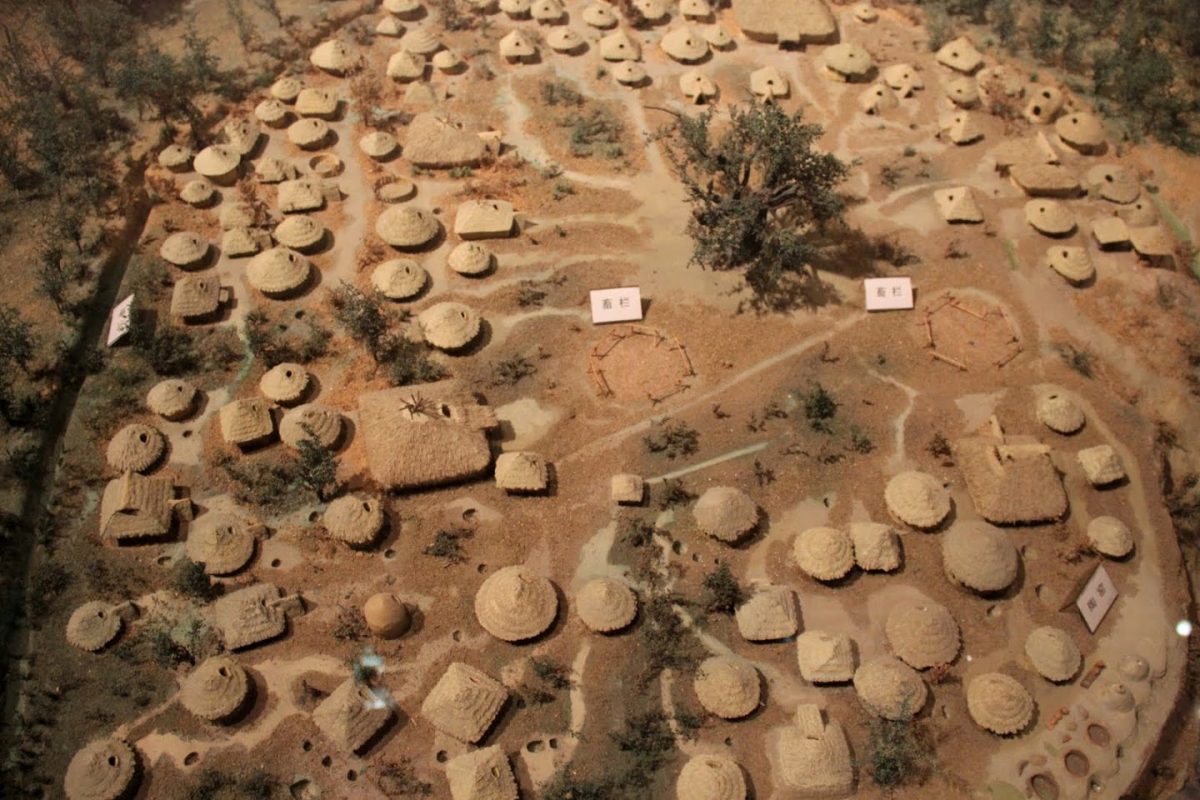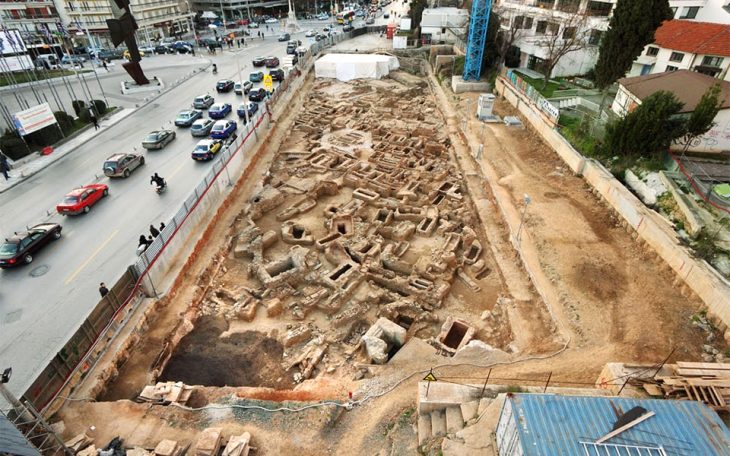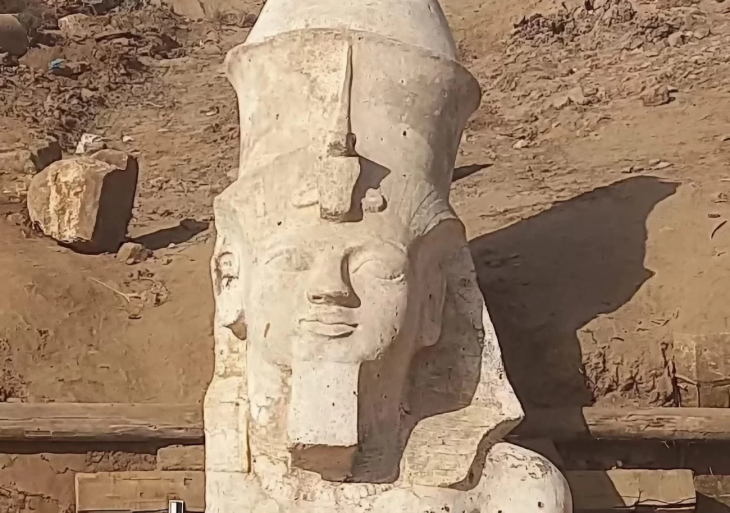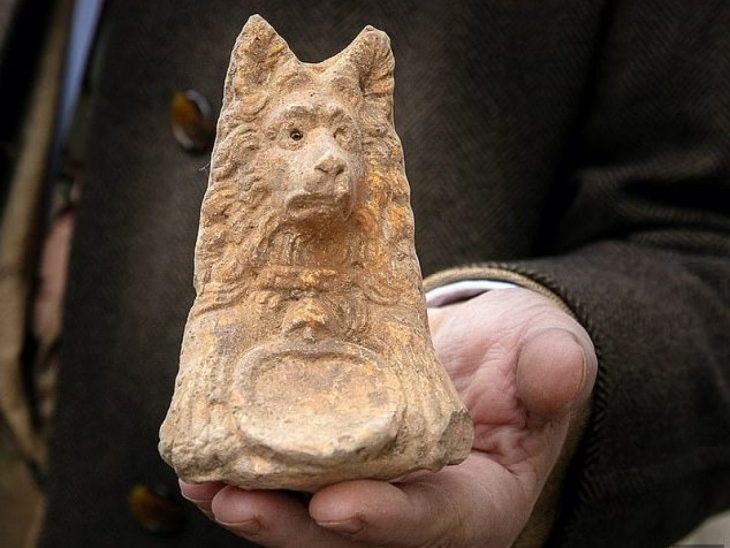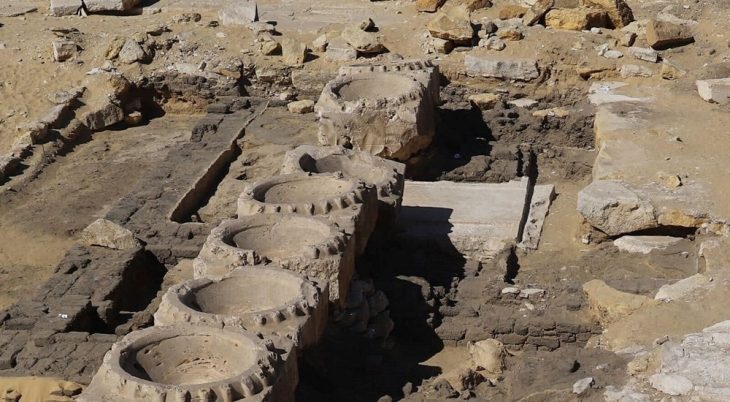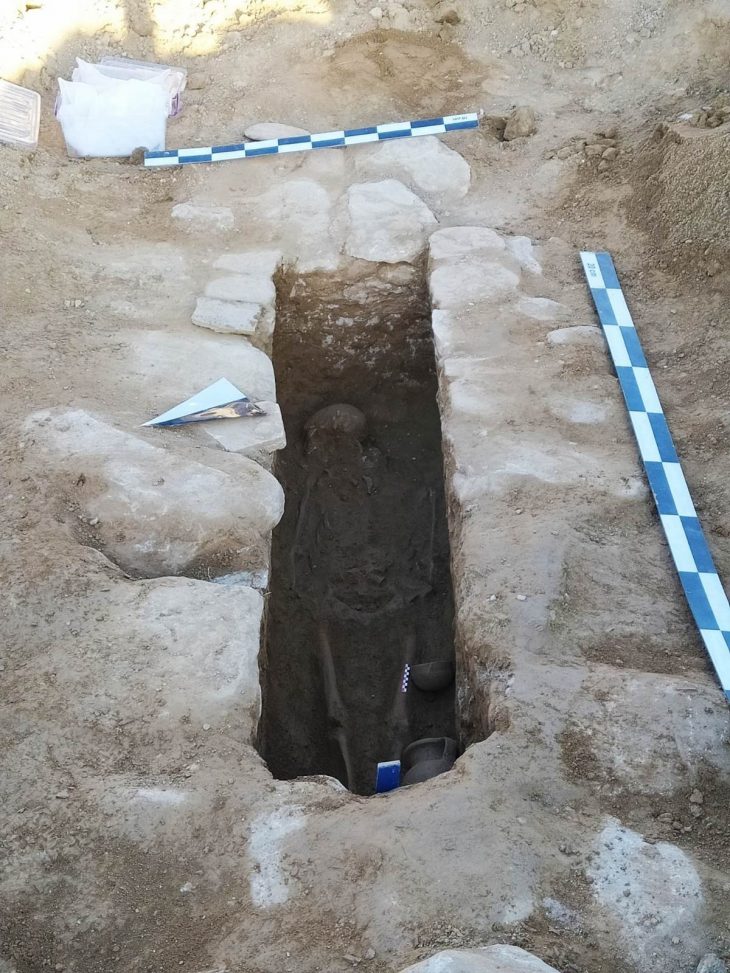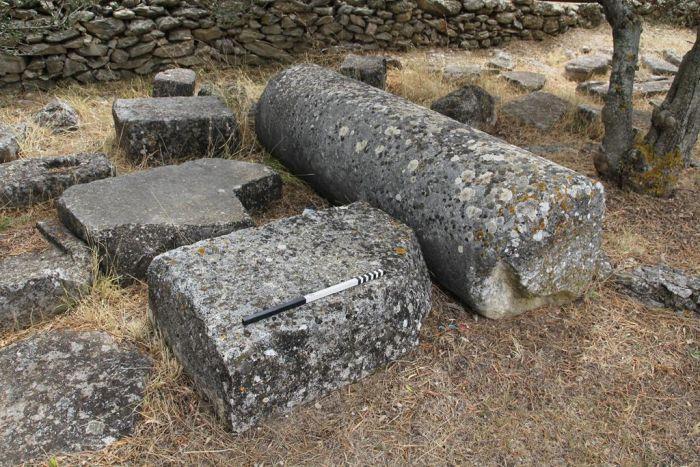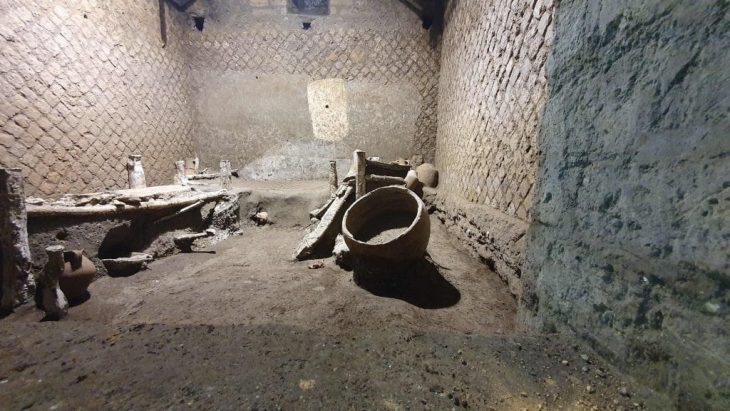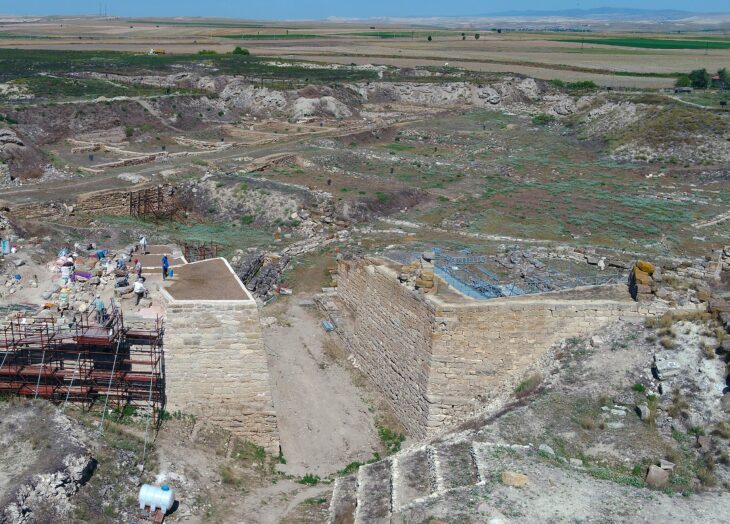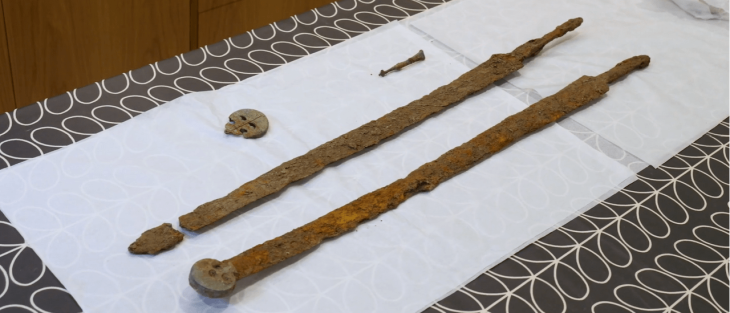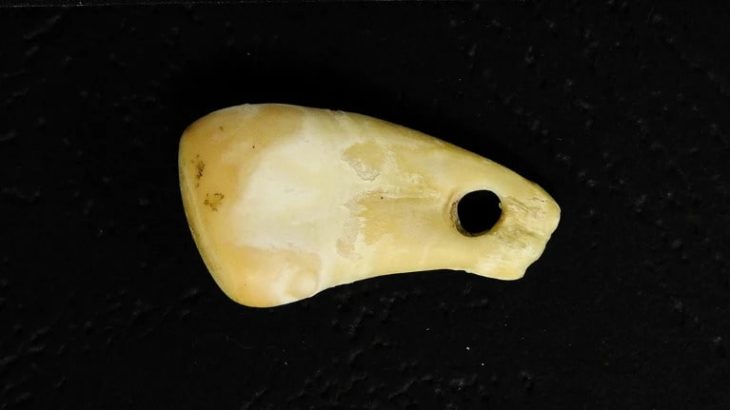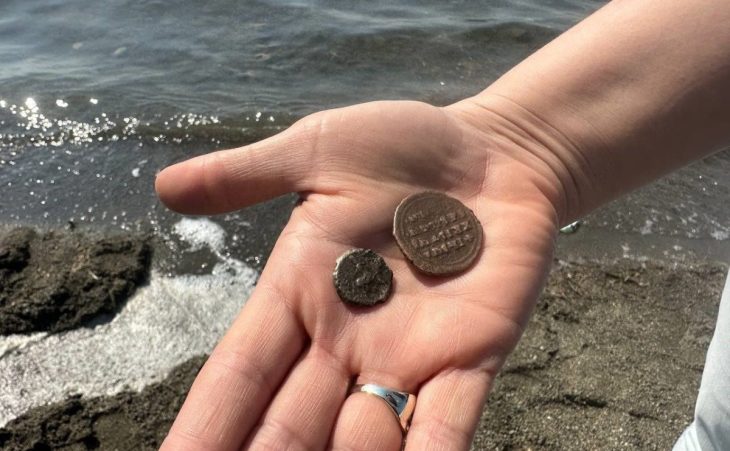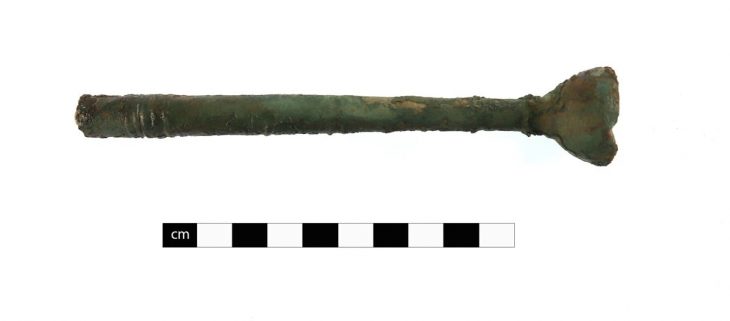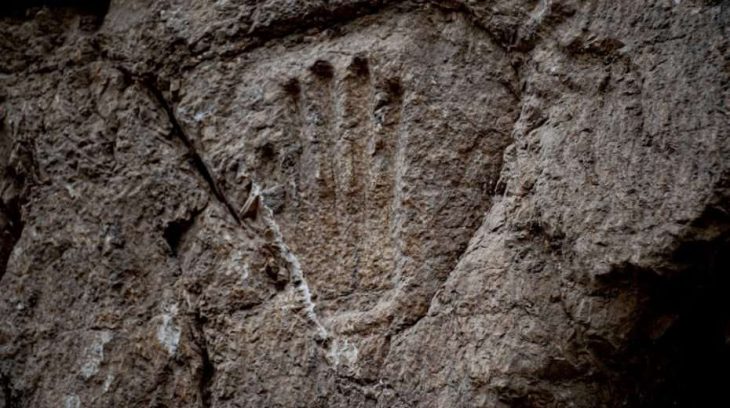Henan Provincial Institute of Cultural Heritage and Archaeology archaeologists have excavated the ruins of house foundations dating back more than 5,000 years in the Yangshao Village site in Central China.
The country’s China.org.tr reports that the remains of a large building with rammed earth have been discovered, though to date back to the neolithic Yangshao Culture – which was active in the Yellow River basin as far back as 3000 BC.
It is the first time archaeologists have discovered house ruins at the Yangshao Village site in Mianchi county, which was first excavated in 1921. The fourth archaeological excavation at Yangshao Village started on August 22, 2020, and is still ongoing.
In addition to the foundations, which are estimated to cover over 130 square meters, archaeologists discovered trenches and various artifacts, including a jade axe, that provide information about the community that once inhabited the site. Excavation is still ongoing, which means that more information about the prehistoric Yangshao people may be discovered in the future.
According to speculation, it dates from the late Yangshao Culture period, according to Li Shiwei, director of the Henan Provincial Institute of Cultural Heritage and Archaeology, who is in charge of the excavation site.
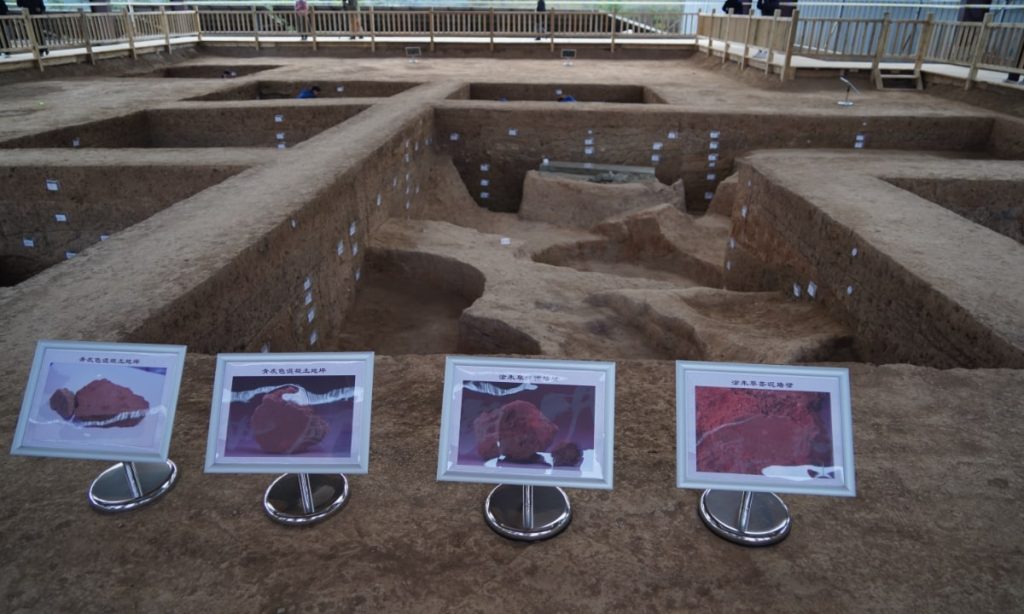
“This is the first time that large house ruins have been discovered since the excavation of the Yangshao Village site in 1921. The findings can provide new materials for studying the types, shapes and building techniques of houses during the Yangshao Culture period,” said Li Shiwei.
The findings show that the settlement in the Yangshao period had a large population, prosperous development, and complete defense facilities.
The Yangshao culture (Chinese: ; pinyin: Yngsháo wénhuà) was a Neolithic culture that existed extensively in northern China along the valleys of the Wei River and the middle Yellow River (Huanghe). The Yangshao culture, which dates from around 5000 BCE to 3000 BCE, is one of China’s earliest settled cultures. Yangshao, the first excavated representative village of this culture, was discovered in Henan Province in 1921. The culture thrived primarily in Henan, Shaanxi, and Shanxi provinces. There are over a thousand Yangshao Culture sites, including the Banpo Site in Xian and Jiangzhai in Lintong County, Shanxi Province. Shanxi is considered the center of this culture because it has the most Yangshao sites.
While little is known about the Yangshao culture, information gleaned from archaeological excavations of tombs and tribal villages has provided a rudimentary picture of prehistoric life in China. Furthermore, the geometric paintings that adorn Neolithic vessels are some of the earliest evidence of the origins and evolution of Chinese calligraphic writing. While these designs are purely abstract and do not constitute a written language, the patterns, motifs, and use of paint all contribute to our understanding of the intellectual and aesthetic environment that would eventually foster the creation of Chinese symbols.
Cover Photo: Jiangzhai settlement model, Yangshao culture, Lintong, Shaanxi. Wikipedia

